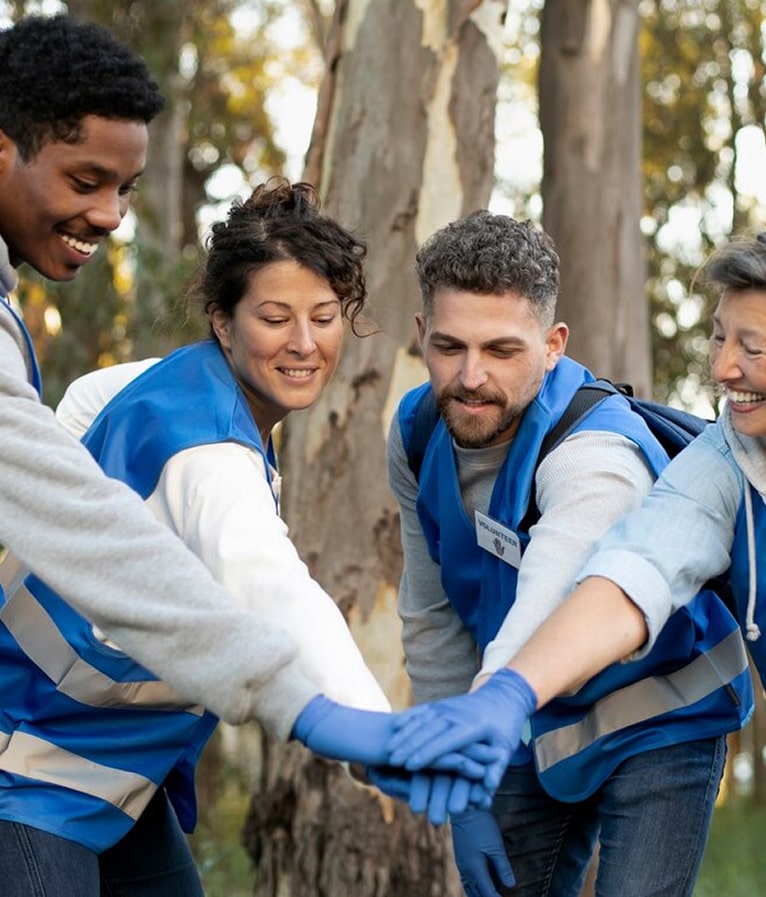When your home or business is flooded, it’s easy to think that once the water is gone, the worst is over. But removing standing water is only the beginning. Many people confuse flood water removal with flood damage cleanup, but they are very different steps in a complete restoration process.
At flooddamage.com, we guide property owners through both stages with clarity and speed. In this blog, we’ll break down the difference between water removal and cleanup, why each stage matters, and how skipping one could leave your property vulnerable to long-term damage.
First Comes the Water Removal
Flood water removal refers to the physical extraction of standing water from a property. This is the first and most urgent response to any flood emergency. Using commercial-grade pumps and vacuums, our crews get rid of water as fast as possible to prevent additional spread.
Whether your flood was caused by a main water line break, a burst pipe, or storm flood cleanup needs, water removal is what gets your home out of danger. This is also when we inspect for hidden water in crawlspaces, subfloors, and wall cavities using thermal imaging and moisture meters.
Cleanup Is the Next, Much Bigger Phase
Once the water is removed, the real work begins. Flood damage cleanup involves drying, disinfecting, deodorizing, and restoring all materials impacted by the flood. Walls may be torn out. Floors may be lifted. Furniture and personal items may be taken off-site for contents restoration services or discarded if unsalvageable.
We don’t just remove water; we restore your space. That means tackling ceiling water damage repair, checking for floor water damage, and starting structural drying services to prevent long-term decay.
Water Removal Is Fast, Cleanup Takes Time
Water extraction often happens in a matter of hours. But residential flood restoration and cleanup can take days or even weeks depending on the extent of the damage. Every layer of your home, from insulation to subflooring, must be assessed, dried, and repaired before reconstruction begins.
Our technicians also sanitize all surfaces during cleanup, especially in cases where the floodwater was contaminated. This includes antimicrobial applications and smoke odor removal for lingering smells.
What Happens to Your Belongings
During both phases, our team carefully evaluates and protects your possessions. In the water removal stage, we quickly move or elevate furniture and valuables. During cleanup, we begin water damaged contents recovery, soft goods restoration services, and document drying and restoration where needed.
Salvageable items are packed out for treatment and storage. If the flood was related to fire and smoke restoration or involved appliance leak cleanup, electronics are sent for specialty cleaning and deodorization.
Why the Difference Matters
Many homeowners think once water is removed, they can relax. But if you stop there, you risk secondary damage like warped wood, delaminated floors, and compromised drywall. More importantly, hidden moisture could linger in materials, leading to odor and further structural issues.
That’s why we never perform water extraction services without following it up with full emergency water damage repair and cleaning.
How We Handle Both
At flooddamage.com, our process always begins with immediate action. We deploy teams for emergency water removal, stabilize your home, and then roll straight into cleanup. We treat affected areas with disinfectants, apply drying equipment, and document the process thoroughly.
If the flooding came from a clogged drain overflow, kitchen sink overflow, or shower & tub overflow, we also fix the root cause, so it doesn’t happen again. And if it involved exterior damage from a storm, we coordinate roof storm damage repair or fallen tree removal from roof.
Insurance May Not Tell the Full Story
While we don’t focus on insurance details here, it’s important to know that many providers distinguish between mitigation (water removal) and restoration (cleanup). That’s why it’s essential to hire a team that can do both, and document both, for your protection.
Flooddamage.com handles all phases, so you don’t have to worry about coordinating multiple vendors or managing separate timelines.
Final Checks and Peace of Mind
After cleanup, we inspect everything once more to ensure your property is fully dried, safe, and ready to be rebuilt. Our goal isn’t just to get your home dry, but to return it to a liveable, comfortable space where you feel safe again.
Whether the problem was from a toilet overflow cleanup, bathroom sink overflow, or larger-scale storm event, we don’t leave until the job is done
right.
Flood water removal is just the first battle. Flood damage cleanup wins the war. Trust flooddamage.com to handle both with speed, precision, and care.

















